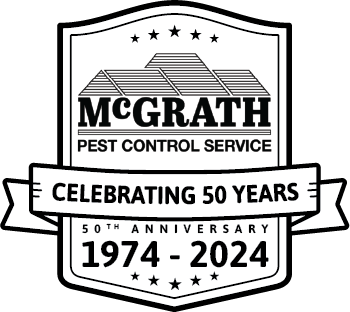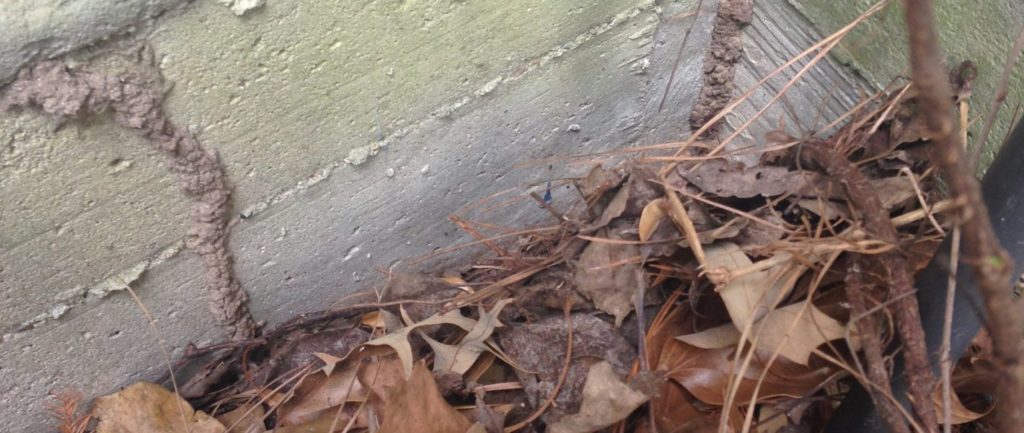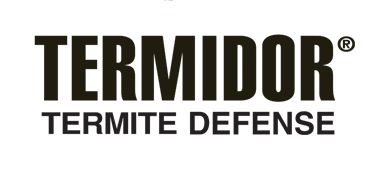
It has been said that the Houston real estate market is one of the fastest growing markets in the United States. People are moving here and have been moving here in droves for the last number of years. They are either moving here to get away from the harsh weather that can happen in the north or their job is transferring them, or a little of both. Once they move down here one of the first things they will need to do is find a home to buy. Buying a home, I believe, can be one of the most exhilarating, frustrating, stressful things a person can go through. You may have to look at numerous homes in numerous areas until you find the right one for the right price. But how do you know if that right house is in the ideal shape for you to spend the money they are asking? In that case you need to hire a home inspector. A home inspector is the one that will let you know if all the light switches work, if the roof is decent, if structurally the house is stable, etc. The only thing they won’t be able to tell you is if the house has termites, past termite damage, carpenter ants, or any other wood destroying issue. Thats where I come in. I’m a termite inspector.
My job is to come into your potentially new home and let you know whether you have any wood destroying insect issues or not. A termite inspection is a visual inspection which means I record everything that i can see that may be conducive to termite or any wood destroying activity, and everything that i can’t see that may cause a termite issue in the future.
The key to termite identification is visualization which means I have to see the tunnel in order to know if you have termites or not. Termites needs 1/64th of an inch to enter a home and they are attracted to moisture and fungus. So I have to be able to see the foundation of a home in order to know if there is termite activity or not. My job as a termite inspector is to point out any of these areas that may attract termites. These areas are called conducive conditions. Some examples of conducive conditions can be rotted wood, excessive moisture around the home, wood to ground contact, and heavy foliage around the home. In addition to pointing out the conducive conditions, I also have to identify any areas that obstruct my view. Remember what I said earlier that the key to identifying termites is being able to see the tunnel, so areas that I can’t see has to be pointed out in the report also. Some examples of this can be soil line above the foundation, piles of bricks, or sheds up against the house, or siding to low to the ground. There can also be obstructed view issues inside the house also. Things like insulation in attic, plumbing areas not exposed, or sub floors.
As I walk around your new home I alway remind myself that if I was buying this home what would I be worried about and the answer is usually everything. So with that in mind I try and be very meticulous in everything I do. When I’m through thats my chance to go over with you the buyer on everything I saw or didn’t see and then give you my recommendations. There have been times where I’ve saved the buyer potentially thousands of dollars by pointing out possible issues or actual termite issues.
Buying a home can be the biggest investment you can ever make so make sure you have a good home inspector and a great termite inspector to help you make the right decision with this investment.
hope this helps











